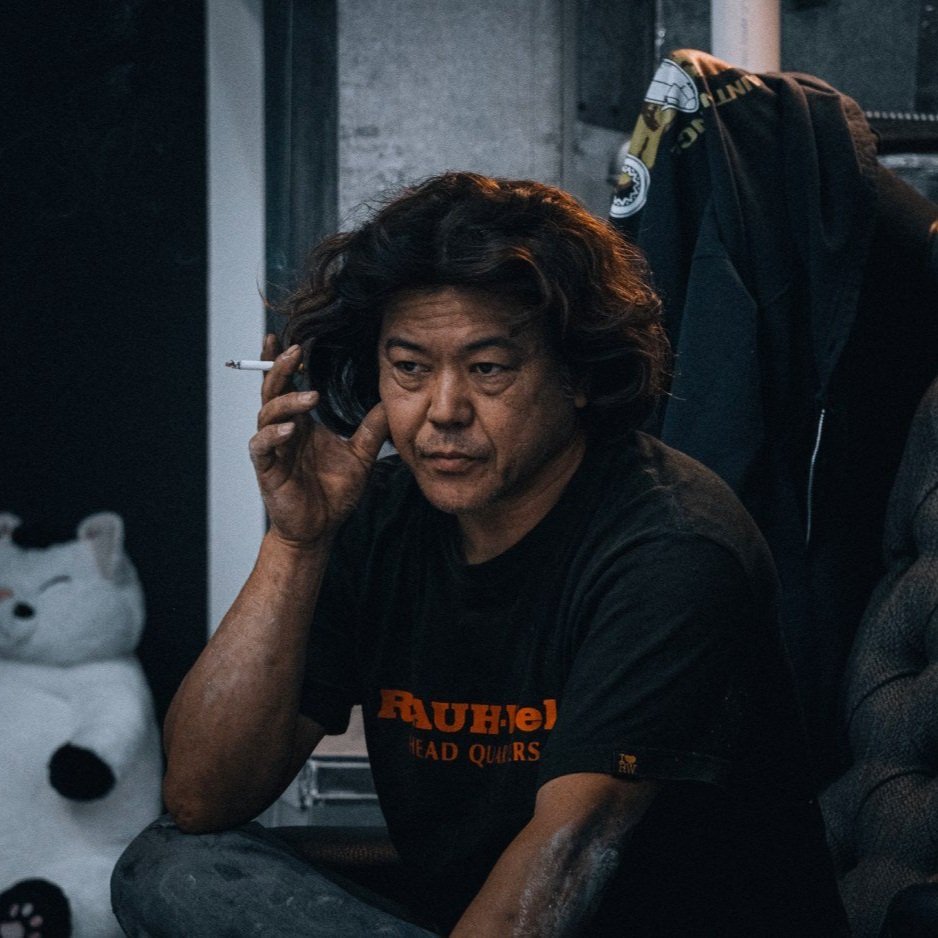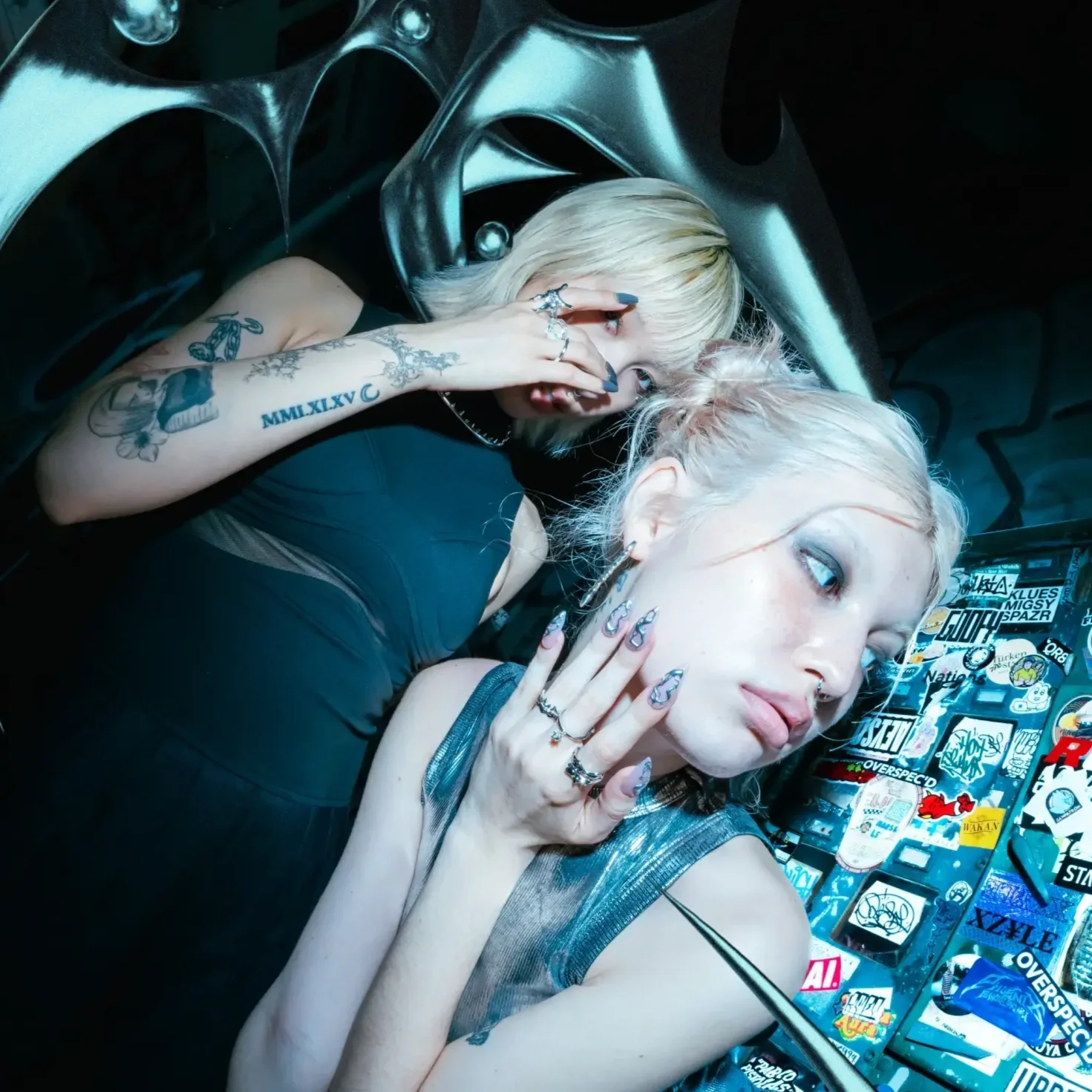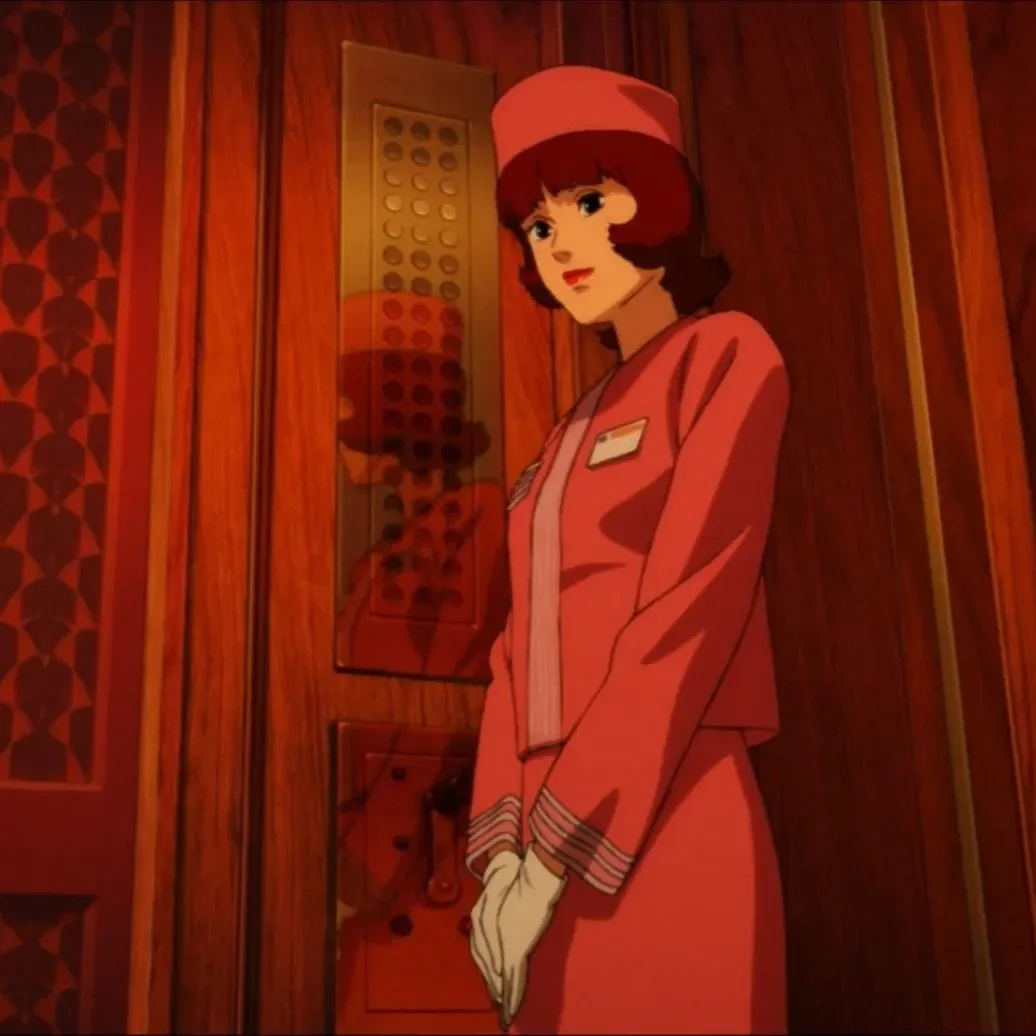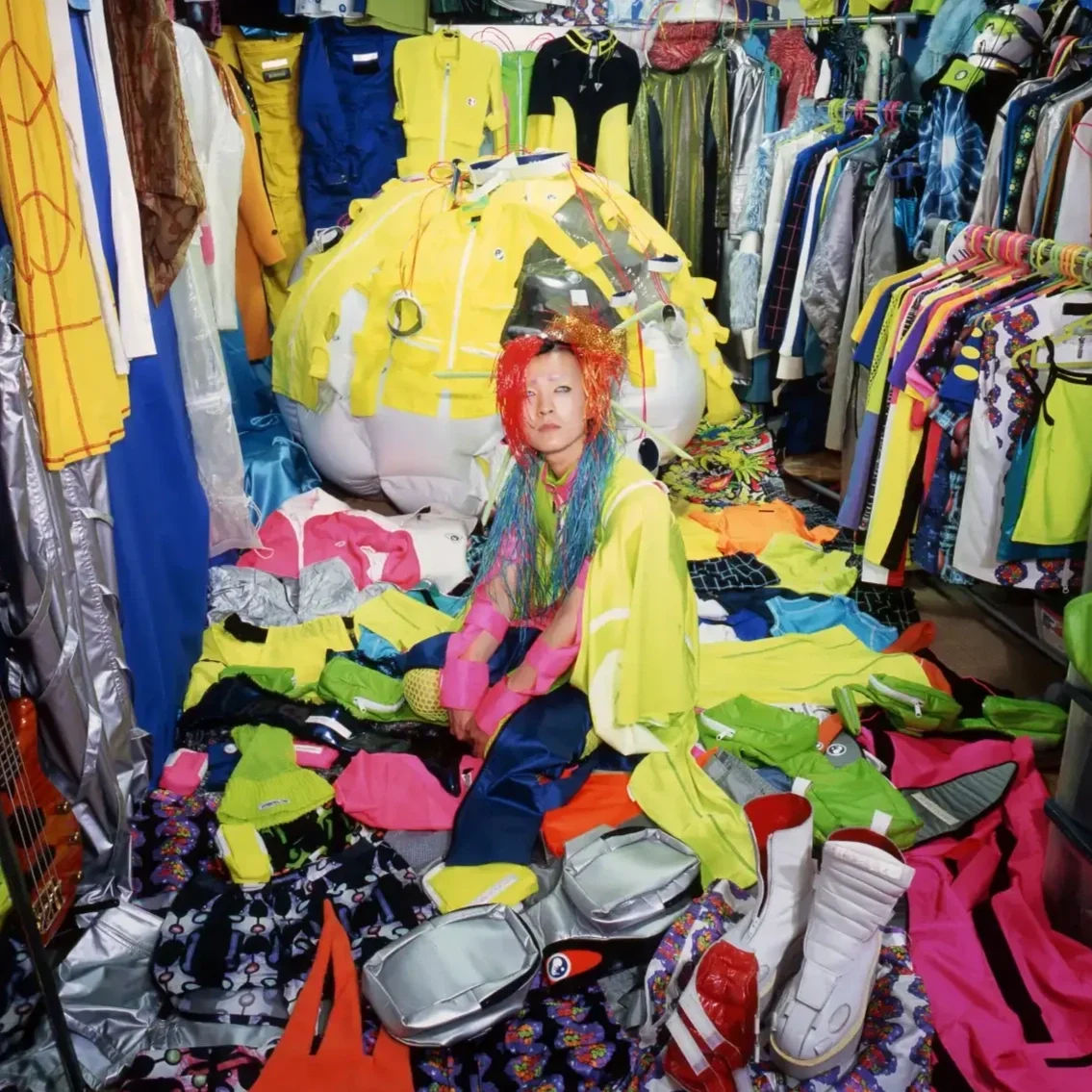Ai Yazawa and Vivienne Westwood - Where Punk Meets Manga
Nana│© Ai Yazawa
Ai Yazawa’s manga is a rare phenomenon where fashion doesn’t decorate the story but becomes it. At the heart of her most iconic work, Nana, lies a profound creative dialogue with the punk and post-punk fashion ethos of Vivienne Westwood. The tartans, corsets, safety pins, and platform boots that adorn the pages are woven into the emotional DNA of the narrative. To understand why, we need to look at both women.
Ai Yazawa was born in 1967 in Amagasaki, Hyogo, and grew up in an era where Japanese fashion was shifting from rigid traditions to new, radical self-expression. After a stint at Osaka Mode Gakuen, Yazawa left fashion school early, deciding instead to bring her design sensibilities into manga. This intersection of illustration and fashion design would become her signature. Every pleat, buckle, and collar is intentional. It says something. About who they are. Who they want to be. Or what they’re desperately hiding.
Vivienne Westwood, emerging decades earlier in 1970s London, revolutionized clothing as political commentary. Her early punk collaborations with Malcolm McLaren for their boutique, SEX, tore up the rulebook of British fashion. Westwood used fabric as resistance. She recontextualized tartans, bondage gear, and royal symbols into a wardrobe for the rebellious, the disenfranchised, and the visionary. Her garments were confrontational, ironic, and hyper-aware of their social implications. If punk was a scream, Westwood made it wearable.
It is this spirit of rebellion—filtered through Yazawa’s deeply emotional lens—that shapes Nana. Nana Osaki is a singer in a punk band, damaged but determined, who wears Westwood’s aesthetic like armor. Her orb necklace, the legendary armour ring, the platform boots and tartan skirts, all mirror her inner world.
More than visual styling, Yazawa employs fashion as narrative structure. Every piece worn by Nana Osaki, or the contrastingly feminine Nana Komatsu ("Hachi"), represents a distinct inner world, a mood board of personal trauma, longing, and ambition. When Hachi wears romantic, soft silhouettes, it’s not to contrast with Osaki’s harder edges arbitrarily, it reflects her search for belonging and security. Through fashion, Yazawa builds psychological profiles.





This method of characterization predates Nana, threading through Yazawa’s earlier works like Tenshi Nanka Ja Nai and Gokinjo Monogatari, but it reaches full maturity in Paradise Kiss. There, the fashion world becomes the battlefield. The protagonist, Yukari, is a passive high schooler transformed through exposure to a crew of misfit fashion students, led by the enigmatic George. The metamorphosis she undergoes is emotional, intellectual, and existential. George, whose designs echo Westwood’s theatricality and subversive elegance, becomes both a muse and a cautionary tale.
The Japanese reception of Westwood, especially among youth in the late '90s and early 2000s, was uniquely reverent. While many Western critics saw Westwood as veering into self-parody, Japanese subcultural spaces saw continuity and meaning. Westwood’s embrace of history, irony, and gender fluidity spoke volumes in a Japan negotiating its own generational identity crisis during the post-bubble era. This sentiment was mirrored in the street styles of Harajuku and Shibuya—where Vivienne’s orb swung from wrists like rosaries.
But while Tokyo girls wore Westwood, Yazawa’s manga interpreted her. Through Nana Osaki, Yazawa distilled British punk into something deeply Japanese. Not just in visuals, but in emotion. In Yazawa’s world, rebellion doesn’t mean burning the system down, it means surviving it. It means walking through Shinjuku Station with your head held high, even when your heart’s been ripped out. In Westwood’s punk, there was fury. In Yazawa’s, there’s defiance laced with tenderness.
This complexity is key to Yazawa’s enduring impact. Her characters are never merely stylish. They fall in and out of love, sabotage themselves, chase dreams with reckless abandon. The fashion just makes it visible. When Osaki smokes in silence after a fight, dressed head to toe in plaid, it’s the closest manga has come to wearing pain.
Yazawa’s Westwood references are not always exact replications. She reinterprets. The tartan may be a few shades off. The corset may not lace the same. But that’s the point. It’s filtered. Localized. Given new life in a Tokyo apartment instead of a London squat. Yazawa translated a philosophy. Her manga speaks the language of fashion, but with a Kansai accent.


Then came the silence. In 2009, Yazawa was hospitalized and Nana was put on indefinite hiatus. She’s made brief appearances since, most notably designing promotional art and contributing short illustrations. But the central narrative remains frozen. For fans, it has turned Nana into a relic and a shrine, unfinished, but no less complete. Much like punk. Much like Westwood herself.
Vivienne Westwood passed away in 2022. The tributes poured in, but for many Japanese readers, it was Nana that served as the most intimate eulogy. Her rings, her checkers, her chaos, immortalized not in runways, but in the grayscale drama of Yazawa’s panels. Fashion history doesn’t always get a second life. But in manga, it can be eternal.
Ai Yazawa canonized her. She translated rebellion into romance, and turned DIY fashion into sacred text. Through her pen, Westwood’s punk found a new home: among the insecurities and resilience of young Japanese women trying to find their voice.
And in doing so, she built a legacy not stitched in fabric, but drawn in ink.
Long live the plaid. Long live the punk. Long live Ai Yazawa and the art of dressing your wounds.







Tokyo’s outsider spirit, Blue Spring, and emotion stitched into Elsewhere.